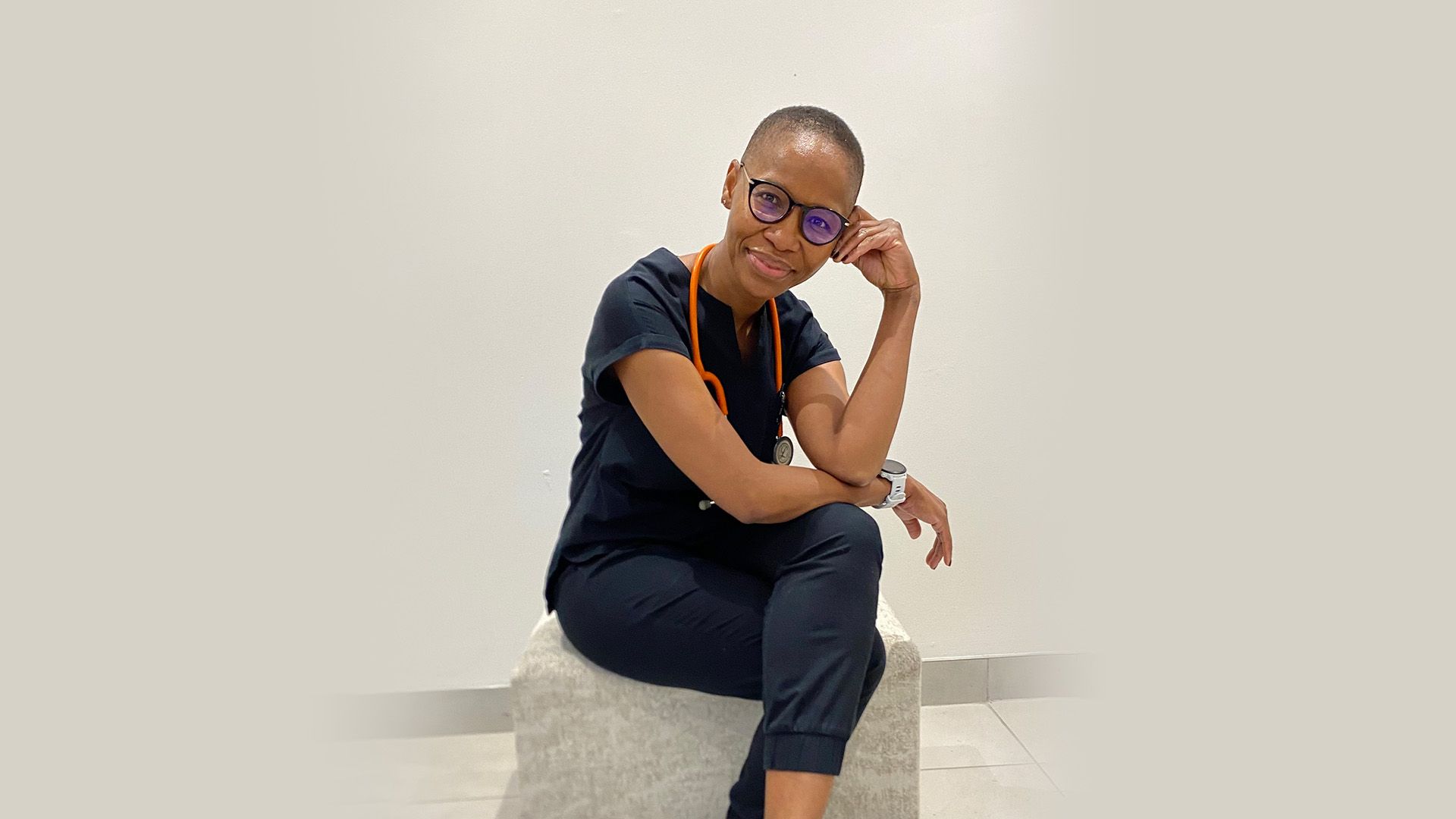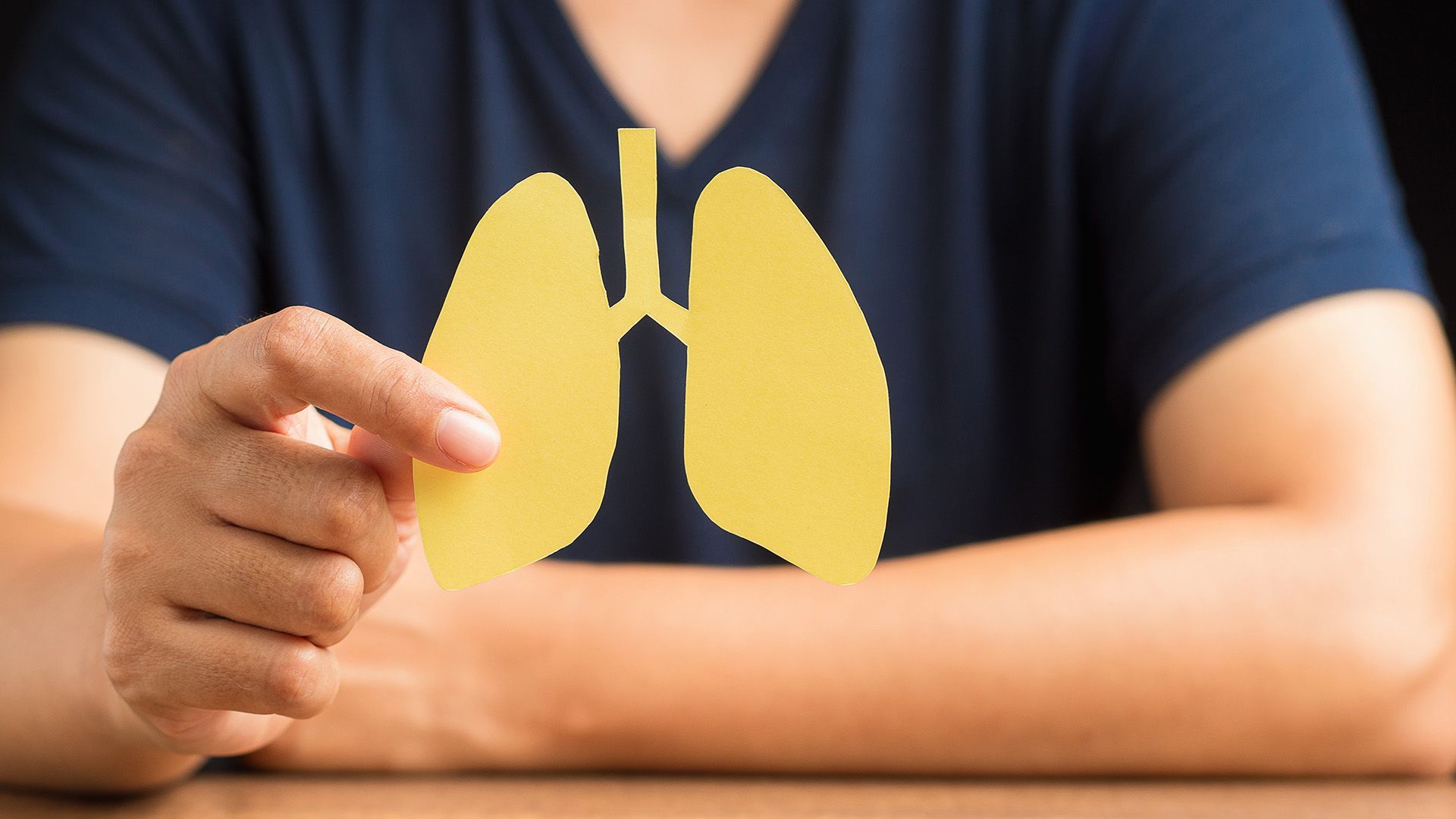Dangers of skin cancer “not only skin deep”
January 14, 2021
People of all colour urged to avoid tragedy by taking precautions, checking irregularities
South Africans spend a great many hours outdoors. All the while the sun above, providing warmth and energy necessary for our survival, is also posing one of the greatest risks to our health if we do not all protect ourselves from its dangerous cancer-causing rays.
According to Dr Dineo Tshabalala, a medical oncologist practising at Netcare Olivedale Hospital, if left undetected skin cancer can be devastating in ways people often do not realise. “Skin cancer is often thought of as being quite literally only on the surface of our bodies. Yet the threat is not only skin deep – without early treatment skin cancer can spread, metastasising to other organs.”
According to the Cancer Association of South Africa (CANSA), skin cancer is the most common cancer worldwide, and as South Africa has one of the highest monitored ultraviolet (UV) levels in the world, it also has one of the highest incidences of skin cancer globally. UVB rays can cause sunburn within fifteen minutes, resulting in permanent damage, while UVA rays can contribute to ageing the skin and DNA damage. Damage from both UVA and UVB rays can lead to skin cancer.
“While the highest incidence continues to occur among white people, in sub-Saharan Africa it is becoming increasingly prevalent among black people with HIV as well as those with albinism, although anyone with compromised immunity is at risk. The risk factors for developing skin cancer include cumulative sun exposure, sun damage and sun burn,” Dr Tshabalala adds.
“The hard truth is that skin cancer spares no one,” says dermatologist, Dr Hetesh Pitamber who practises at Netcare Sunninghill Hospital. “There tends to be a general misconception that non-whites are safe from developing skin cancer because their skins are darker and therefore less sensitive to the sun. However, this is simply not the case. While the disease is certainly more common in the white population, it affects us all.”
Dr Pitamber cautions that the non-white population needs to keep a close eye on any pigmented lesions on the palms of their hands and soles of their feet as well as their nails. Everyone should be aware of the risk areas with those parts of the body exposed to sun more often being most vulnerable. “People tend to think mostly of the face, arms and hands along with the lower legs if out in shorts. What they often don’t consider are the back of the neck, the feet and the ears including inside and behind the ear,” he says.
The three most common types of skin cancer are squamous cell carcinoma, which develops in the squamous cells that make up the middle and outer layers of the skin, basal cell carcinoma, which most often occurs when DNA damage from exposure to ultraviolet radiation from the sun or the use of indoor tanning beds triggers changes in basal cells in the outermost layer of skin, resulting in uncontrolled growth. Cutaneous melanoma is thought to be triggered by intense, occasional exposure to ultraviolet radiation, either from the sun or tanning beds, especially in people who are genetically predisposed to the disease.
Dr Tshabalala notes that basal cell carcinoma rarely metastasizes while squamous cell carcinoma can metastasize if not caught early, with a tendency to spread to the brain via the lymph nodes. Cutaneous melanoma has the highest risk of metastasising and if left unchecked and untreated will spread to the lymph nodes nearest the affected lesion, mole or birthmark.
“From there it can affect multiple organs as the cancer starts to spread through the body. It is for this reason that we must try and diagnose skin cancer as early on as possible, while it is still only at the surface. The only way to cure skin cancer is to cut it out – chemotherapy does not work for melanoma. There are some targeted therapies and other modalities that can be applied but once the cancer has started to spread an oncologist needs to be consulted and further treatment will be advised on a case by case basis,” says Dr Tshabalala.
According to Dr Pitamber, it is during one’s youth when the course for skin health is set. As much as 80% of the damage that will start to show up later in life is caused by sun-induced skin damage that occurred by or before the age of 18 - 21 years. It is for this reason that parents are advised to take extreme precautions in protecting the skin of their children from an early age.
“Sunblock needs to be applied liberally on all areas of the body that are exposed to the sun including the hands, feet, neck and ears as these areas are often neglected. Hats with a wide brim protecting the back of the neck as well as the face are a must, and appropriate UV protective clothing should be worn together with sunscreen when swimming, as UV light penetrates water as well. Sunglasses are important for protecting the eyes too,” he cautions.
“Turning 21 does not mean you are out of the woods when it comes to sun damage,” adds Dr Pitamber. “Adults need to make the conscious effort of applying sunblock daily, even if most of the day is spent inside, as forming this habit can save your life. Reapplication of sunblock is necessary every two to three hours if you are out in the sun, for example in the garden or on the golf course,” says Dr Pitamber.
“Finally, checking your body for any unusual pigmented spots or pointing out any changes you may notice on your loved ones can be the first life-saving step. There can be other conditions that mimic melanoma, for example, and there can be other reasons for unusual marks on the skin but it is best to get it checked out quickly, particularly when it comes to moles or birthmarks. A malignant melanoma needs to be addressed urgently to prevent spread, as this can life threatening,” cautions Dr Pitamber.
Dr Tshabalala adds that while the reporting of skin cancer has improved, there could be greater reports being made still. “It is important for South Africans of all colour to be aware of just how at risk we are in this very sunny climate. Precautions need to be taken at all times and any irregularities in the skin must be checked. It is tragic when something that could so easily have been stopped in its tracks is left to develop into cancer elsewhere in the body,” she concludes.
What to look out for
Dr Tshabalala and Dr Pitamber suggests the ABCDE checklist below for moles:
A
– Asymmetry
(one half different to the other half)
B
– Border
irregularities (scalloped or poorly defined edges)
C
– Colour
(moles with more than one colour, or changes occurring in the colour)
D
– Diameter
(larger than 6mm)
E
– Elevation
(becoming raised and more prominent)
Any lesion that is crusted, not healing, ulcerating or continuously bleeding should alert you to possible basal or squamous cell carcimona.
Prevention is better than cure
Dr Pitamber recommends these precautions to help prevent skin cancer:
- Use sunscreen every day, after moisturiser and before make-up, if using
- Choose a sunblock with a minimum sun protection factor (SPF) of 30, or a 50+ SPF depending on skin type. Look out for sunscreens bearing the CANSA Seal of Recognition (CSOR).
- Reapply liberally every two to three hours.
- Stay out of the sun between 10:00 and 16:00
- Wear a hat, protective clothing and sunglasses when you are outside













